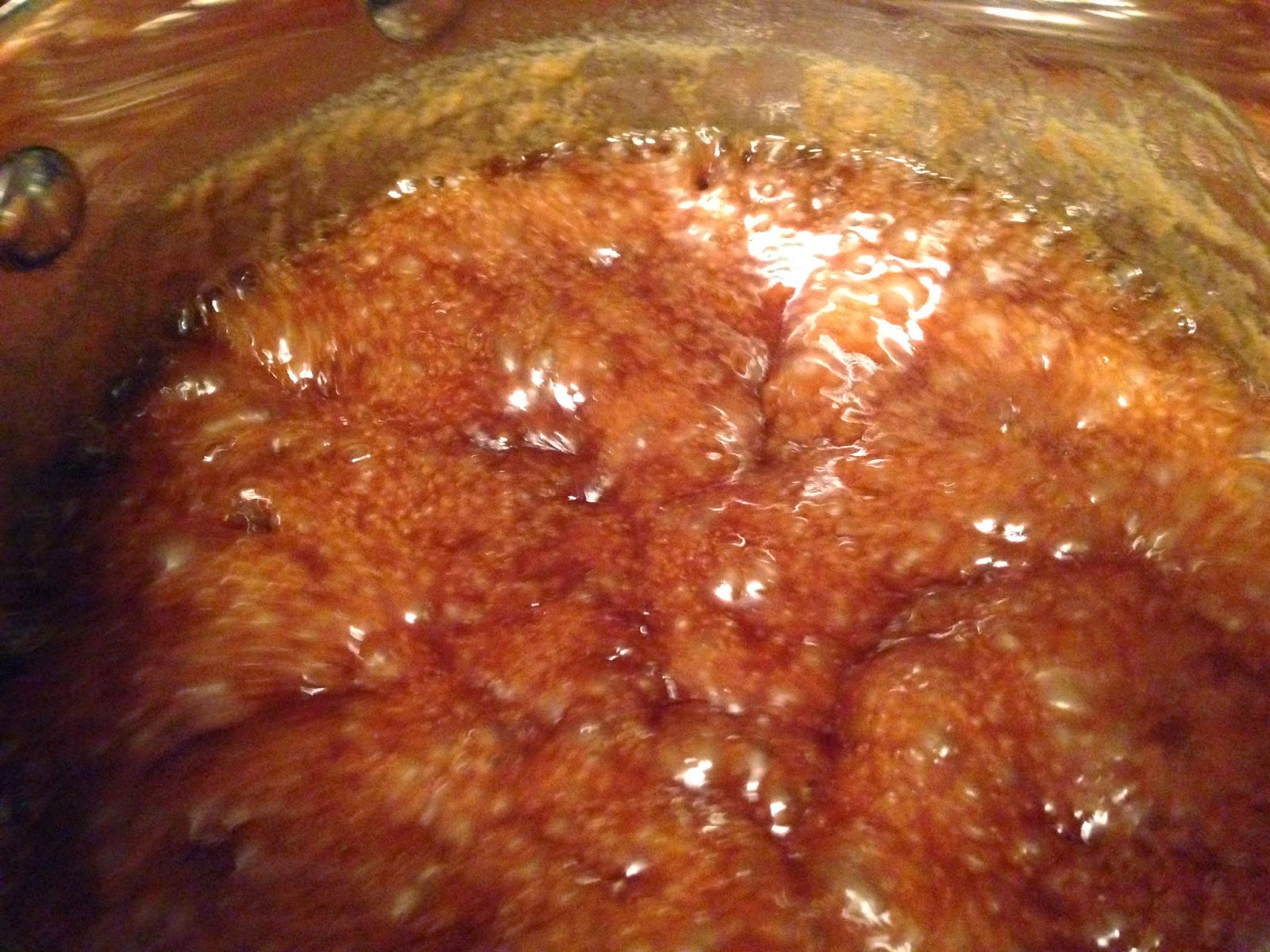
We had a bake sale in the office a few weeks ago that inspired this post! I tried this dessert which is essentially saltines covered in toffee, chocolate. That just sounds amazing, right? The good news it tastes just as amazing! The salty crackers pair so well with the crunchy toffee and sweet chocolate. You can also top it with whatever topping you like! For this recipe, I topped the saltine toffee bark with heath bars and colored sugar.
As we are now in midst of the holiday season, I hope this inspires you to bring it to a holiday party or gathering. It is even a perfect treat for gifts to the people you have no idea what to buy.
Ingredients:
- 2 packs of salted saltine crackers
- 1 cup unsalted butter (2 sticks)
- 1 cup brown sugar
- 2 cups semi-sweet chocolate chips
- optional toppings: heath bar, peanuts, pecans
Note: You can use unsalted saltines and salted butter or salted saltines and unsalted butter (not both!)
Recipe:
1) Preheat the oven to 400F. Double line a cookie sheet with aluminum foil (you definitely want the double lined part, trust me). Add saltine crackers to the cookie sheet in a flat layer.
2) Melt the butter and sugar together in a sauce pan over medium heat. Bring it to a boil and let it boil for 3 minutes. You do not need to stir once the mixture comes to a boil. At this point, the toffee is ready to go!
3) Pour the toffee over the saltines and spread it out evenly. Bake for 6 minutes in a preheated oven at 400F. This is what the toffee and saltines should look like when it comes out of the oven. Bubbly magic.
4) At this point, the toffee is incredibly hot, so be careful to not burn yourself. Add the chocolate chips evenly across the toffee while it is still hot. After a few minutes, the chips will have started to melt.
5) Spread the melted chocolate across with a knife. Let the chocolate cool for 5 minutes.
6) After five minutes, add a layer of toppings. Here I used a chopped up heath bar and red & white sugar. Let the pan cool at room temperature for 20-30 minutes. Afterward you can put the pan in the refrigerator to set up and firm up even more.

After the chocolate toffee has cooled, break it up into giant pieces of bark and enjoy!







































.jpg)







